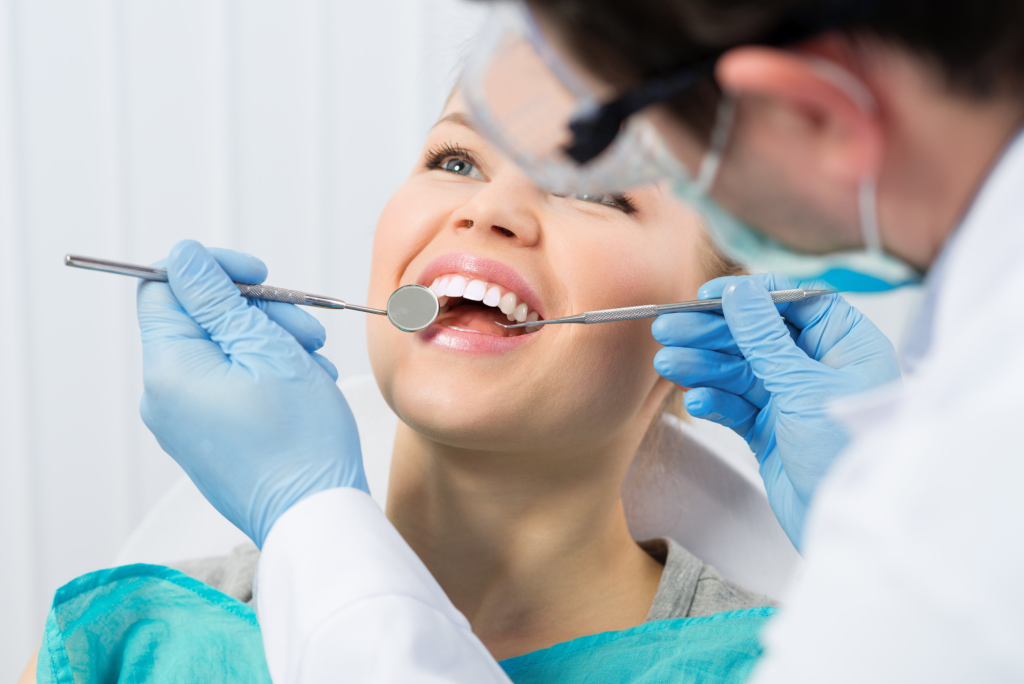Dentistry, an essential branch of healthcare focused on oral health, has a rich and intriguing history that spans across cultures and centuries. The Evanston dentist provided excellent care and a comfortable environment for patients. From ancient civilizations using primitive tools to the cutting-edge technologies of today, the evolution of dentistry reflects the advancement of human knowledge, innovation, and a commitment to improving the health and well-being of individuals.
The Beginnings: Ancient Dental Practices
The roots of dentistry can be traced back to ancient civilizations, where early societies developed rudimentary techniques to address dental issues. Archaeological evidence suggests that cultures such as the Egyptians, Greeks, and Romans attempted dental procedures using tools like twigs, bone fragments, and even gold wires to treat toothaches and dental decay.
In ancient Egypt, for example, writings from the Ebers Papyrus, a medical text dating back to 16th century BCE, provide insights into toothache remedies and dental procedures performed by early practitioners. These practices, while far from the sophisticated techniques of modern dentistry, laid the foundation for the pursuit of oral health.

Middle Ages to Renaissance: Barbers and Dental Advancements
During the Middle Ages, dentistry often fell under the purview of barbers, who were known for performing tooth extractions and other basic dental procedures. The term “barber-surgeon” emerged, reflecting the dual roles these individuals played in providing medical and dental care.
The Renaissance brought about a shift in dental understanding, with scholars like Leonardo da Vinci exploring dental anatomy and contributing to a deeper understanding of oral health. However, dental treatments remained limited and often painful, with techniques like tooth extraction and primitive fillings being the norm.
18th to 19th Century: Pioneering Innovations
The 18th century witnessed significant advancements in dentistry, including the development of dental chairs and the use of porcelain for dentures. Pierre Fauchard, often referred to as the “Father of Modern Dentistry,” authored the influential book “The Surgeon Dentist” in 1728, which laid the groundwork for modern dental practices. Fauchard’s work emphasized the importance of oral hygiene, tooth preservation, and preventive measures.
The 19th century brought about the invention of the foot-powered dental drill and the establishment of the first dental schools in Europe and America. This period marked the transition from rudimentary dental care to a more organized and systematic approach.
20th Century: Technological Revolution
The 20th century witnessed a technological revolution that transformed the field of dentistry. X-rays became an invaluable diagnostic tool, enabling dentists to detect hidden dental issues. Novocain, the first synthetic local anesthetic, revolutionized pain management during dental procedures. The introduction of dental braces, initially made from precious metals like gold, evolved into more discreet and effective orthodontic treatments.
As the century progressed, innovations such as composite resin materials for tooth fillings, dental implants, and advanced techniques in oral surgery further improved the quality of dental care. Cosmetic dentistry emerged as a distinct field, focusing on enhancing smiles and addressing aesthetic concerns.
21st Century: Integration of Technology and Holistic Care
The 21st century has witnessed unprecedented advancements in dentistry, driven by the integration of technology and a holistic approach to oral health. Digital imaging, 3D printing, and computer-aided design (CAD) have revolutionized treatment planning and the fabrication of dental restorations, making procedures more efficient and patient-friendly.
Laser technology has made procedures less invasive, reducing discomfort and recovery times. Teledentistry has opened new avenues for remote consultations and oral health monitoring. Moreover, a growing understanding of the link between oral health and overall well-being has led to a more comprehensive and patient-centered approach, focusing on preventive care and personalized treatment plans.
Conclusion
The evolution of dentistry is a testament to human ingenuity and determination to improve the quality of life. From ancient practices rooted in folklore to the sophisticated techniques and technologies of modern dentistry, the field has come a long way. As we continue to explore the frontiers of dental science and embrace innovative tools, the journey of dentistry’s evolution remains a testament to our unwavering commitment to oral health and the well-being of individuals across the ages.
Leave a Reply